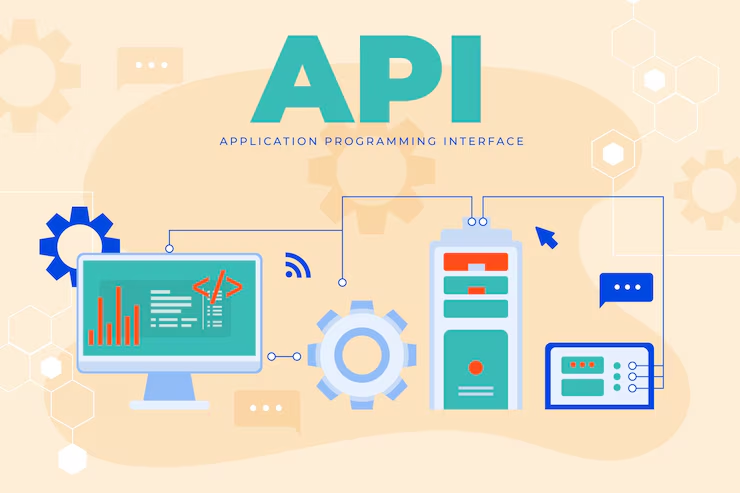Composable Applications with APIs & Micro-Frontends
Composable Applications with APIs & Micro-Frontends

Key aspects of composable applications with micro-frontends and APIs:
-
Modular Design:
Composable applications break down the UI into smaller, self-contained modules (micro-frontends) that can be developed and deployed independently.
-
Reusability:
Components can be reused across multiple micro-frontends, reducing duplication and ensuring consistency.
-
API-First Approach:
APIs provide a well-defined interface for communication between micro-frontends, allowing them to interact and share data.
-
Dynamic Assembly:
Micro-frontends can be dynamically assembled at runtime, allowing for customization based on user preferences or context.
-
Independent Development:
Each micro-frontend can be developed and deployed independently by different teams, fostering agility and innovation.
-
Faster Time-to-Market:
The ability to deploy individual components or micro-frontends quickly allows for faster iteration and response to changing market demands.
-
Enhanced Scalability:
Micro-frontends and composable architectures facilitate scaling by allowing teams to work on separate components and deploy them independently.
Benefits of using micro-frontends and APIs in composable applications:
-
Improved Agility:
Micro-frontends enable teams to work independently, fostering faster development and deployment cycles.
-
Enhanced Flexibility:
Composable architectures allow for dynamic assembly of micro-frontends, enabling adaptation to diverse user needs and devices.
-
Reduced Technical Debt:
Modularity and reusability reduce the complexity and technical debt associated with monolithic applications.
-
Faster Time-to-Market:
Independent development and deployment of micro-frontends accelerate the release of new features and functionalities.
-
Improved User Experience:Focusing on specific features within each micro-frontend allows for a more intuitive and user-friendly experience.



